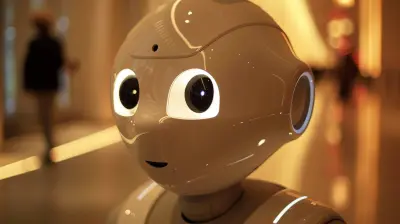Exploring the Potential of Biodegradable Electronics
27 October 2025
Let’s face it—we live in a world drowning in electronic waste. From old smartphones to busted headphones, landfills are filling up fast with gadgets we once loved and later trashed. But here's the good news: biodegradable electronics might just be the game-changer we didn’t know we needed.
This isn’t sci-fi or some far-off dream. Scientists and engineers are already working on electronics that can break down naturally after they’re no longer useful—no toxic waste, no bulky junk piles. Just clean, green innovation at its finest.
So, what exactly are biodegradable electronics? How do they work? And more importantly, can they really replace the tech we rely on every day? Let’s dive into the fascinating world of gadgets that decompose.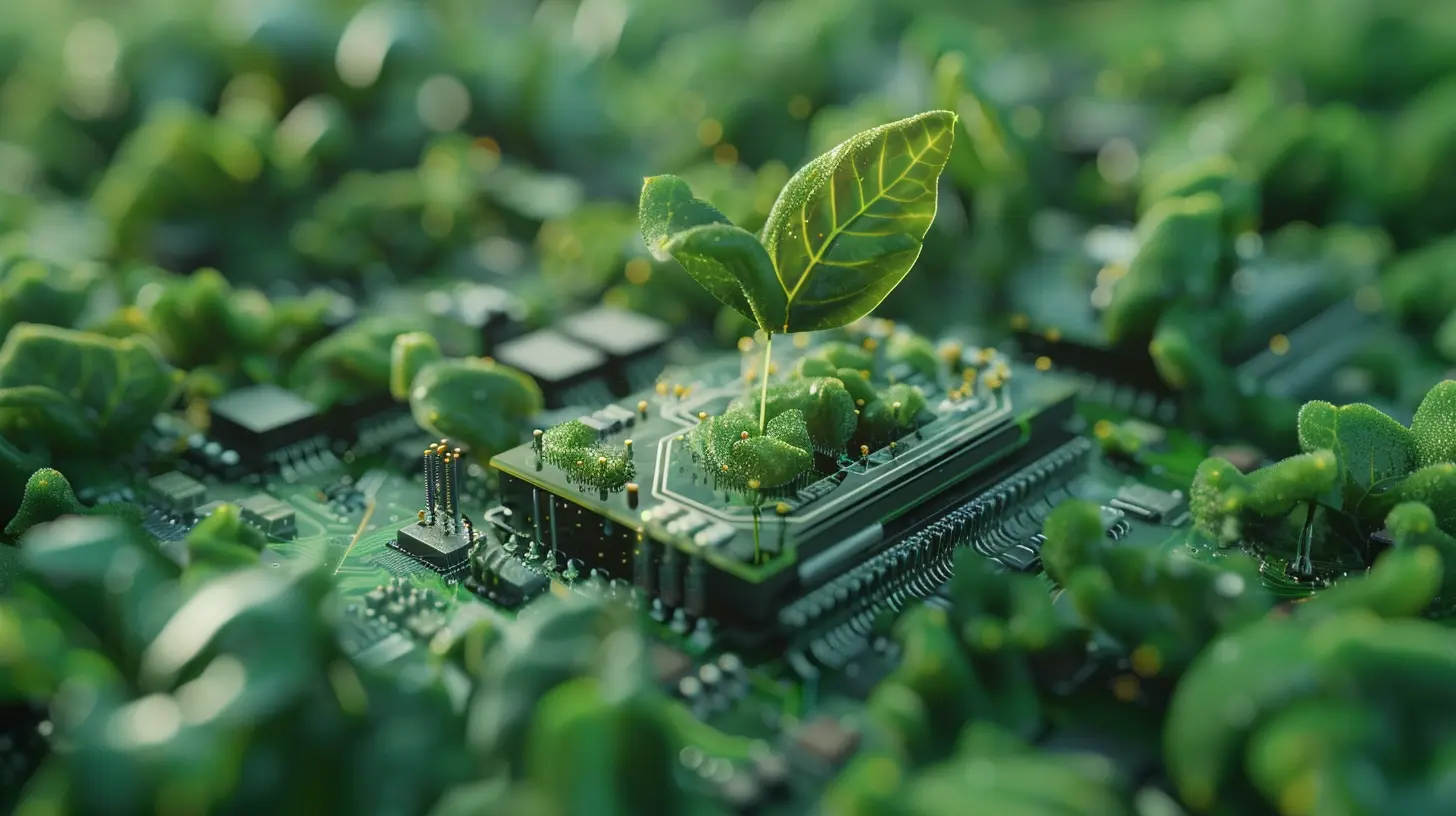
What Are Biodegradable Electronics?
Biodegradable electronics, also known as transient electronics, are devices made from materials that naturally break down in the environment over time. Instead of using traditional plastics and metals that stick around for centuries, these gadgets use components made from organic or eco-friendly substances like cellulose, silk proteins, or even certain polymers that dissolve in water or degrade in soil.Think of it like a paper straw versus a plastic one. The paper straw might not last as long, but it won’t hang out in the ocean for 500 years either. Similarly, biodegradable electronics are designed with an expiration date in mind—they serve their purpose and then gracefully disappear.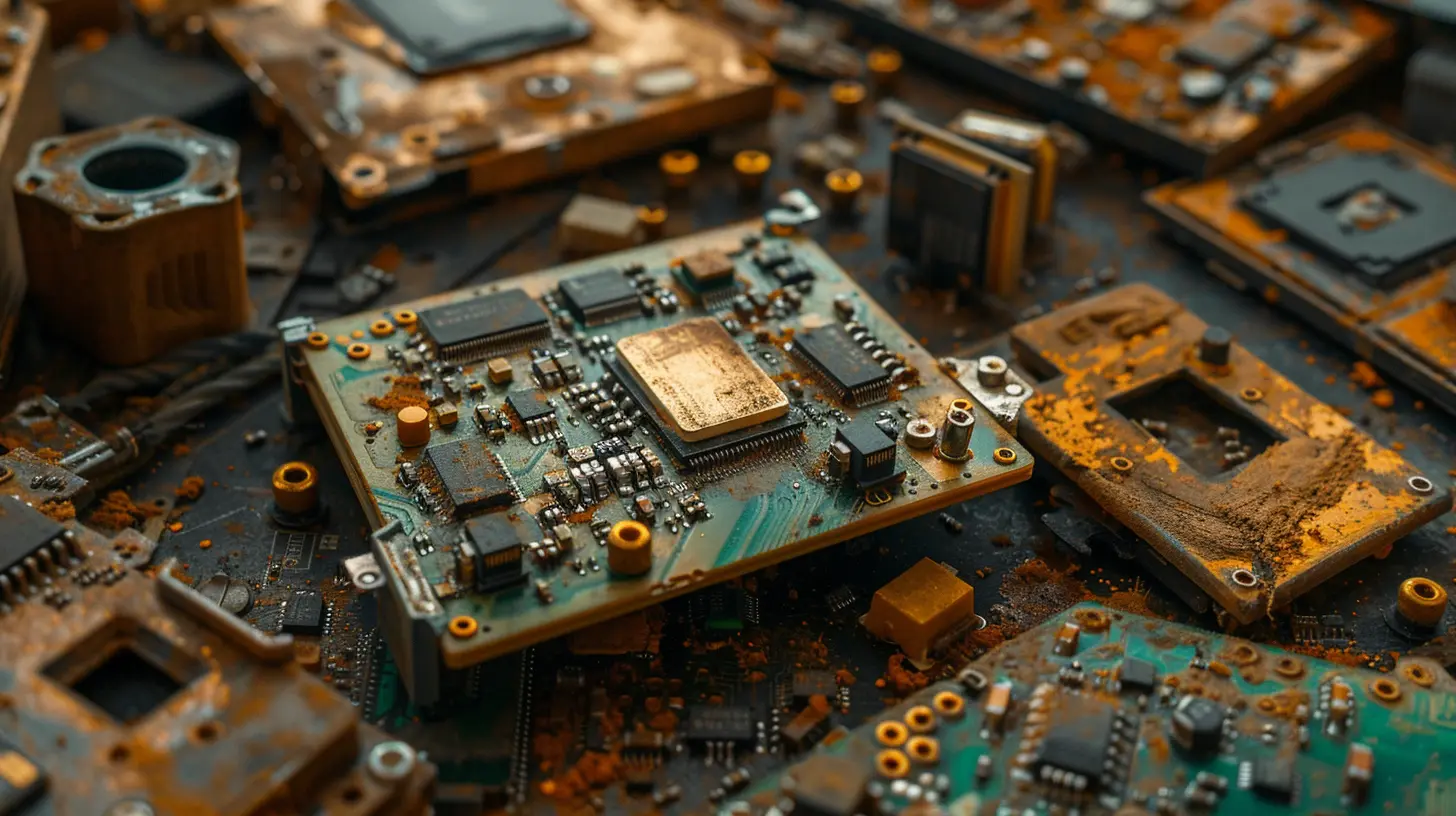
Why Should We Care?
Alright, let’s get real. The average household owns multiple electronic devices, and with tech evolving so quickly, most gadgets become outdated within a few years. What happens to all that obsolete tech? A lot of it ends up as e-waste, which is both an environmental and a health hazard.Here’s the scary part: E-waste is growing at an alarming rate. According to the Global E-Waste Monitor, we generated over 50 million metric tons of e-waste in 2019 alone. Yikes.
So, biodegradable electronics aren't just a cool idea—they could help tackle one of the most pressing environmental issues of our time. Reducing e-waste means fewer toxic chemicals leaching into the soil, less pollution, and a more sustainable way to enjoy technology.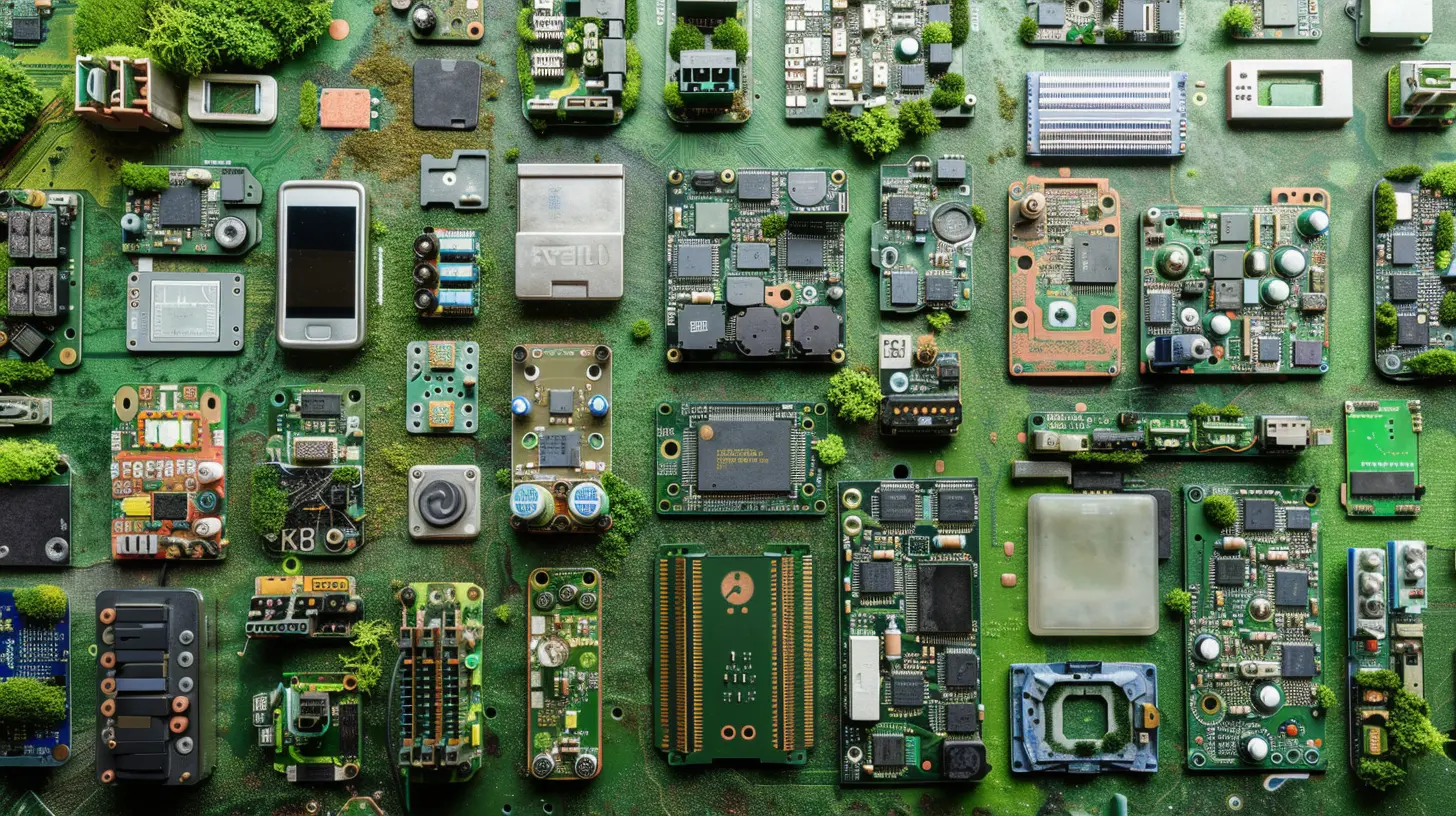
How Do Biodegradable Electronics Work?
You might be wondering: can a gadget really do everything my usual electronics do and still disappear like magic? Well, kind of.These electronics are built using non-toxic, degradable materials that can conduct electricity, process data, or store power—just like traditional components. But here's the twist: once exposed to certain conditions (like moisture, heat, or bacteria), they start to break down.
Let’s take a look at some of the key ingredients:
- Semiconductors: In biodegradable electronics, materials like zinc oxide or silicon nanomembranes are used instead of toxic elements like lead or mercury.
- Substrates: Instead of plastic, we’re talking about materials like silk, cellulose, or gelatin as the base layer for the circuits.
- Conductive Elements: Things like magnesium or iron can replace copper or aluminum in wiring, and they dissolve safely once exposed to the environment.
Some of these devices even come with programmable lifespans. Imagine having a medical implant that dissolves inside your body once it’s done its job. No surgery required to remove it—how cool (and convenient) is that?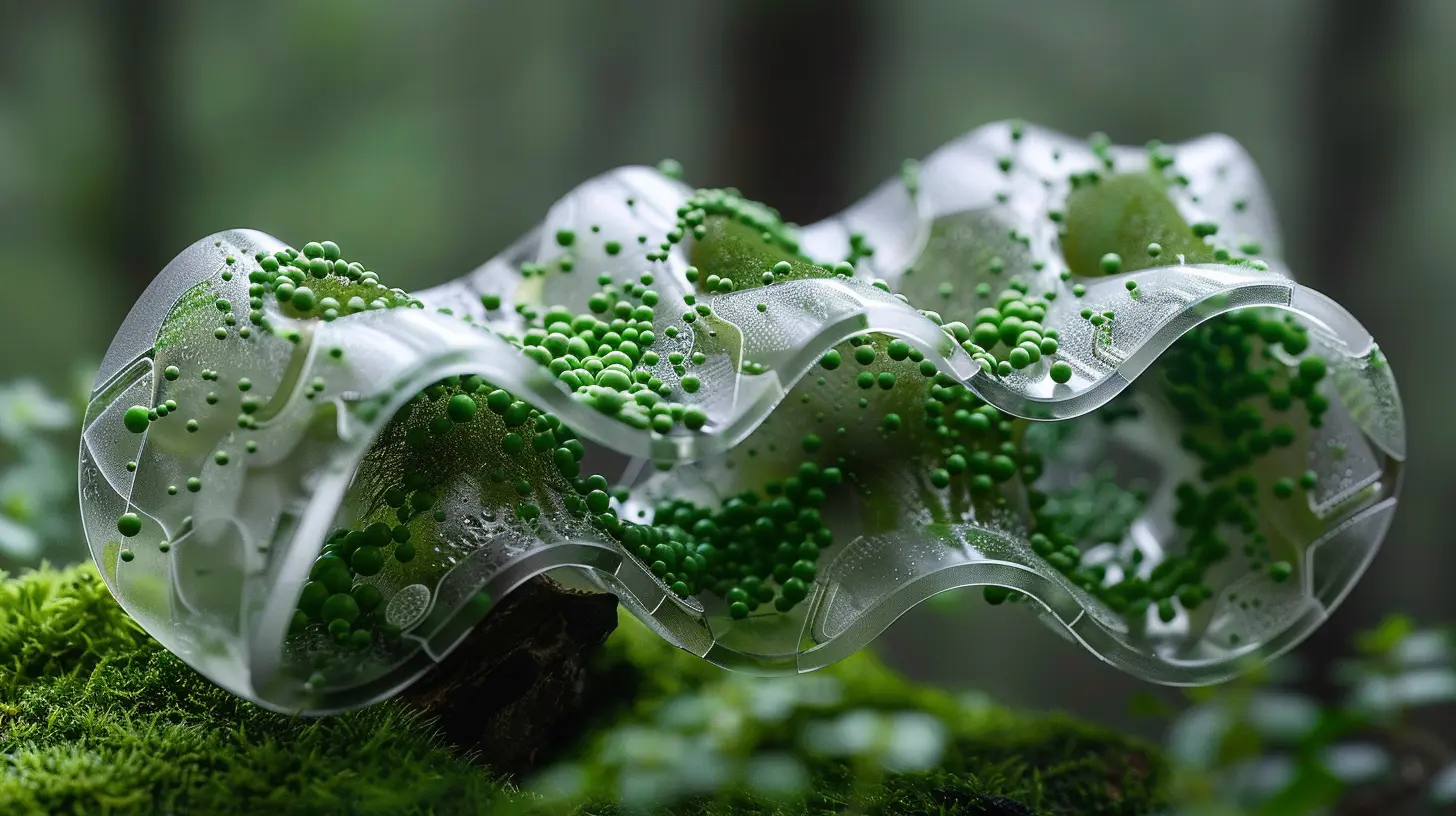
Real-World Applications of Biodegradable Electronics
Let’s shift gears from theory to reality. What can these gadgets actually do today?1. Medical Implants That Disappear
One of the biggest breakthroughs has been in the medical field. Researchers are developing biodegradable sensors and implants that can monitor internal wounds or deliver medication and then harmlessly dissolve inside the body.This is a total game-changer. It reduces the risk of secondary surgeries, cuts hospital stays, and minimizes complications.
2. Eco-Friendly Packaging and Tags
Think of all those barcodes, RFID tags, and smart labels used in packaging. Companies are starting to roll out versions made from biodegradable electronics for short-term tracking. After use, these tags don’t need to be peeled off or tossed—they just decompose with the packaging. Super efficient, and a big win for sustainability.3. Temporary Wearables
Ever had to wear a heart monitor for a few days? Imagine if it could just melt away when it’s done. Temporary fitness trackers or health monitors made with biodegradable tech could offer short-term functionality without long-term waste.4. Environmental Sensors
Another neat use: deploying sensors in the wild to monitor pollution, moisture, or weather—then letting them dissolve when their job is done. No need to go out and retrieve them. Mother Nature takes care of the clean-up.Challenges Facing Biodegradable Electronics
Okay, this all sounds awesome—but let’s not get ahead of ourselves. There are still a few bumps in the road.1. Durability vs. Degradability
Striking a balance between functionality and eco-friendliness is tricky. You want a device that works reliably for a set period but doesn’t last long enough to become a pollutant. It’s a fine line to walk.2. Cost and Scalability
Right now, producing biodegradable electronics is more expensive than standard components. We’re still in the early stages, and until manufacturing scales up, prices will remain higher. But hey, remember when smartphones were a luxury? Give it time.3. Performance Limitations
Biodegradable tech can’t quite match the power and speed of current silicon-based electronics—yet. But let’s not forget, today's smartphones are millions of times more powerful than the computers that sent us to the moon. Progress happens fast.4. Consumer Awareness and Trust
Let’s be honest—people might not trust a dissolvable device right away. Would you buy a laptop that claims to “disappear” after five years? Building consumer confidence will take time, transparency, and a few success stories.The Future Looks Green (and Smart!)
Here’s where things get exciting.Tech giants, startups, and academic researchers are all in on biodegradable electronics. We're seeing sustainable innovation in everything from flexible displays to compostable batteries. With stricter environmental regulations and growing consumer demand for greener products, it's not a matter of if—but when—biodegradable electronics go mainstream.
Imagine a future where your phone’s casing is made from plant-based materials, and your earbuds break down into compost. Or where smart labels track your groceries and then vanish, leaving no trace. It’s tech that not only wows but also whispers "thank you" to the planet.
How Close Are We to Everyday Use?
So, when can you walk into a store and buy biodegradable gadgets?Short answer: We’re getting closer. Some products, like eco-friendly packaging sensors and medical implants, are already in use. Consumer electronics are a bit further off, but not by decades. Think five to ten years, tops.
As production scales, costs drop, and performance improves, we’ll likely start seeing these green gadgets enter the mainstream.
What Can You Do Right Now?
Even if biodegradable gadgets aren't on Amazon just yet, there’s still plenty you can do:- Support companies focused on sustainability: Look for brands using recyclable materials or offering take-back programs for old devices.
- Recycle your e-waste: Don’t toss your old tech in the trash. Find a certified e-waste recycler in your area.
- Stay informed: The more you know, the more power you have as a consumer. Follow eco-tech news, and support policies that push for greener electronics.
Final Thoughts
Biodegradable electronics are more than a futuristic idea—they’re a necessary step toward a cleaner, smarter planet. While we're still in the early innings, the potential here is massive. From dissolvable medical implants to compostable wearables, these innovations are rewriting the rulebook for what electronics can—and should—be.Let’s embrace a future where our tech isn’t just smarter, but kinder to the world we live in.
It’s not just about the latest features anymore—it’s about the legacy we leave behind.
all images in this post were generated using AI tools
Category:
Future TechAuthor:

John Peterson
Discussion
rate this article
1 comments
Tamsin Rodriguez
Goodbye, guilt-laden gadgets!
October 27, 2025 at 5:06 AM


